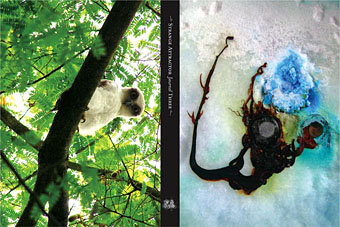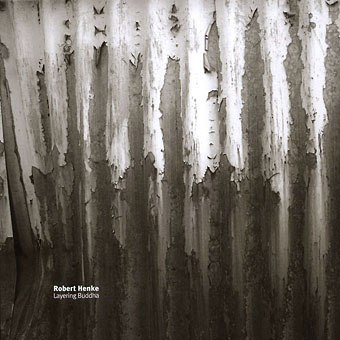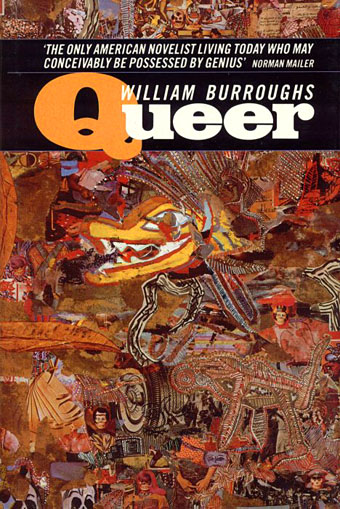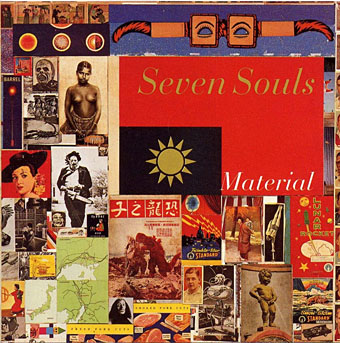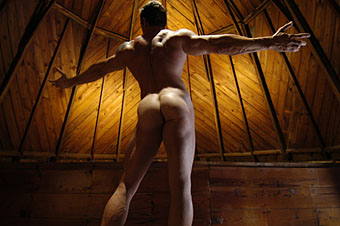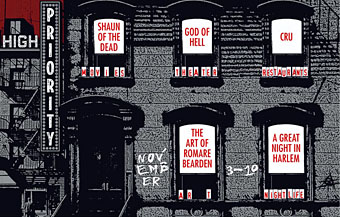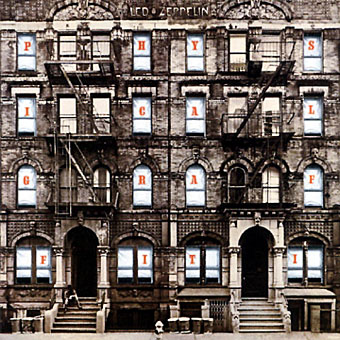The wonderful and essential Strange Attractor Journal will be with us again next month.
The previous number (now sold out, I think) included my essay about psychedelic artist Wilfried Sätty.
CONTENTS
Contra Genesis—Catherine Eisner
Unusual cases of extra-genital conception, extra-uterine
gestation, and other anomalous exits.
Burmese Daze—Erik Davis
In which the author submits to the pleasures of a transgender spirit possession festival.
Adventures in the Fourth Dimension—Mike Jay
A Victorian time machine and history’s first theme park ride.
Ego in Exotica Sum—Ken Hollings
In memoriam Martin Denny, crown prince of the exotica sound.
A Psychoactive Bestiary—Richard Rudgley
The joy of zootoxins, from the ant to the giraffe.
Liberté, Légalité, Éternité—David Luke
Some notes on psychonautic misadventures in time.
Kandinsky’s Thought Forms—Gary Lachman
The occult roots of modern art.
Magic Words—Steve Moore
Virgil the Necromancer in mediæval legend.
Abu’l-Qasim al-Iraqi—Robert Irwin
12th century Arab alchemists on the edge
of knowledge.
The Electrochemical Glass—Richard Brown
A slow-evolving artwork from a living alchemist.
The Man Behind the Screen—David Rothenberg
Hans Christian Andersen’s greatest and least-known work.
The Mole of Edge Hill—John Reppion
Joseph Williamson, Liverpool’s tunnelling philanthropist.
La Maison de Poupées—Robert Ansell
A photographic study of a magnificent compulsion.
The Dirty Thirties—Alexis Lykiard
From Arthur Koestler’s Encyclopædia of Sexual Knowledge.
Paint it Black—Stewart Home
Autohagiography of an artist.
Redonda and Her Kings—Roger Dobson
The island life of early science fiction author MP Shiel.
Magic in Paris—Phil Baker
Demons of the opium den in Thirties Paris.
The Dark Man’s Dreams—Doug Skinner
An introduction to Xavier Forneret, Surrealism’s lost poet.
Ghosts: A short Story
by Lady Vervaine.
Plus original artworks by Alison Gill, Josephine Harvatt, Betsy Heistand, Katie Owens, Arik Roper.
Editor: Mark Pilkington.
Print Design: Alison Hutchinson.
Strange Attractor celebrates unpopular culture. We declare war on mediocrity and a pox on the foot soldiers of stupidity. Join Us.
Strange Attractor Journal Three available now from Strange Attractor Shoppe and all good bookshops.
£14 inc p&p by mail order or £13.99 in UK shops.

